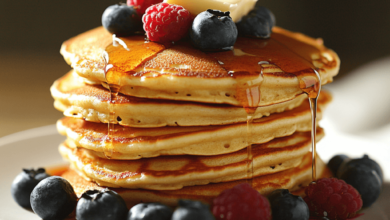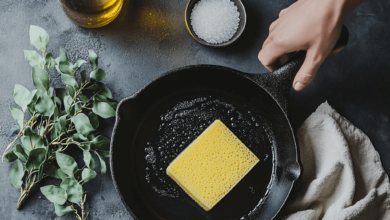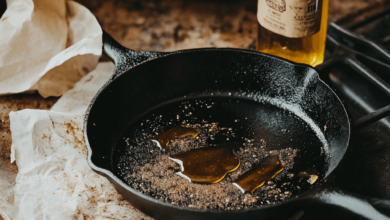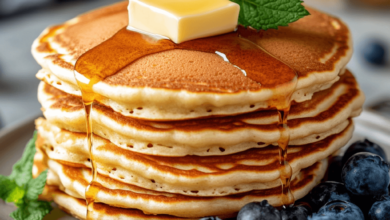How to Keep Your Kitchen Knives Sharp?
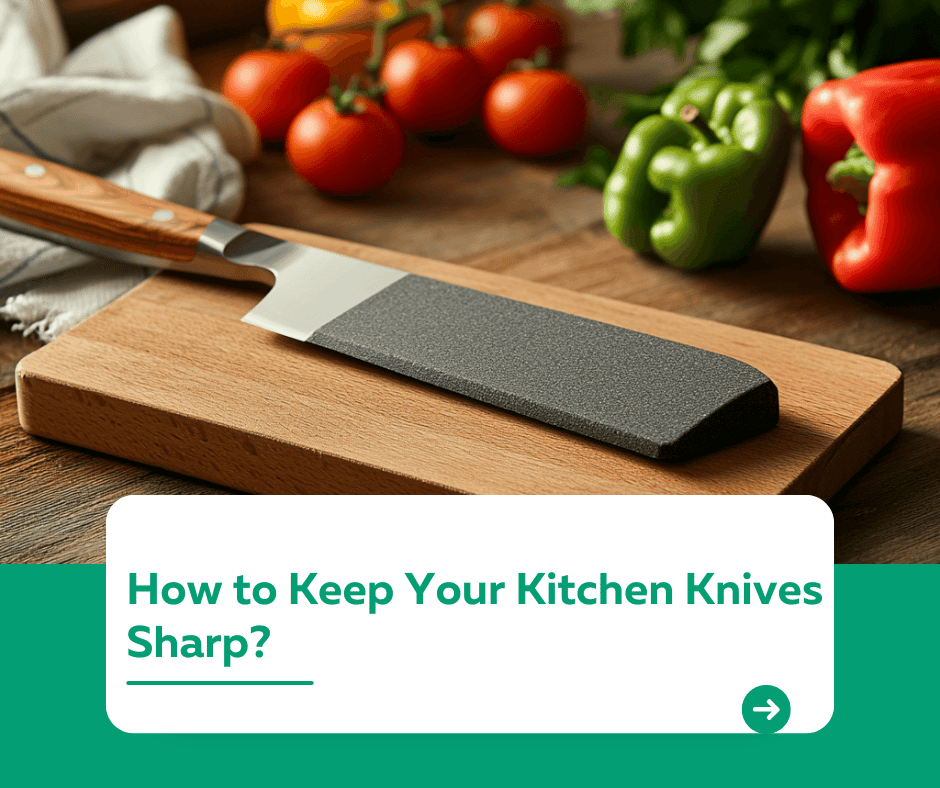
Introduction
“How do you keep your kitchen knives sharp?”
A sharp kitchen knife is not only more effective but also safer to use. Dull knives require more force, increasing the risk of slipping and accidents. Properly maintaining your knives ensures they stay sharp, precise, and ready for all your culinary tasks. In this guide, we’ll walk you through the best practices for sharpening and caring for your kitchen knives.
1. Why Keeping Knives Sharp Is Important
- Safety: Sharp knives cut cleanly, reducing the risk of accidents caused by slipping.
- Efficiency: A sharp knife requires less effort, making cutting and slicing smoother.
- Longevity: Proper maintenance extends the lifespan of your knives.
2. Use a Knife Sharpener or Honing Rod
Regular sharpening and honing are essential to maintain your knife’s edge.
- Honing Rod:
- Used to realign the blade’s edge without removing material.
- Ideal for regular maintenance between sharpening sessions.
- Knife Sharpener:
- Removes a small amount of metal to restore the edge.
- Options include manual, electric, and whetstone sharpeners.
Tip: Hone your knife weekly and sharpen it every 2–3 months, depending on use.
3. Sharpening with a Whetstone
Using a whetstone is the most traditional and effective method.
Steps:
1️⃣ Soak the whetstone in water for 5–10 minutes.
2️⃣ Place the stone on a non-slip surface.
3️⃣ Hold the knife at a 20-degree angle and slide it across the stone in a sweeping motion.
4️⃣ Repeat on both sides of the blade until sharp.
5️⃣ Finish with a finer grit for a polished edge.
Pro Tip: Practice on an inexpensive knife first to perfect your technique.
4. Maintain Your Knives Properly
- Hand Wash Only:
- Avoid putting knives in the dishwasher, as it can damage the blade.
- Wash with warm, soapy water and dry immediately.
- Use the Right Cutting Surface:
- Choose wooden or plastic cutting boards to protect the blade.
- Avoid glass or stone surfaces that can dull the edge.
- Store Knives Safely:
- Use a knife block, magnetic strip, or blade guard to prevent damage.
5. Signs Your Knife Needs Sharpening
- Difficulty slicing through foods.
- Squashed or uneven cuts, especially on delicate items like tomatoes.
- The blade slides off instead of cutting.
Test: Lightly drag the knife across a sheet of paper. If it doesn’t cut smoothly, it’s time to sharpen it.
Conclusion
Keeping your kitchen knives sharp is a simple yet crucial part of maintaining a functional and safe kitchen. By honing regularly, sharpening when needed, and practicing proper care, your knives will remain efficient and long-lasting.
For more kitchen tips and maintenance advice, visit our Kuestion.com.

